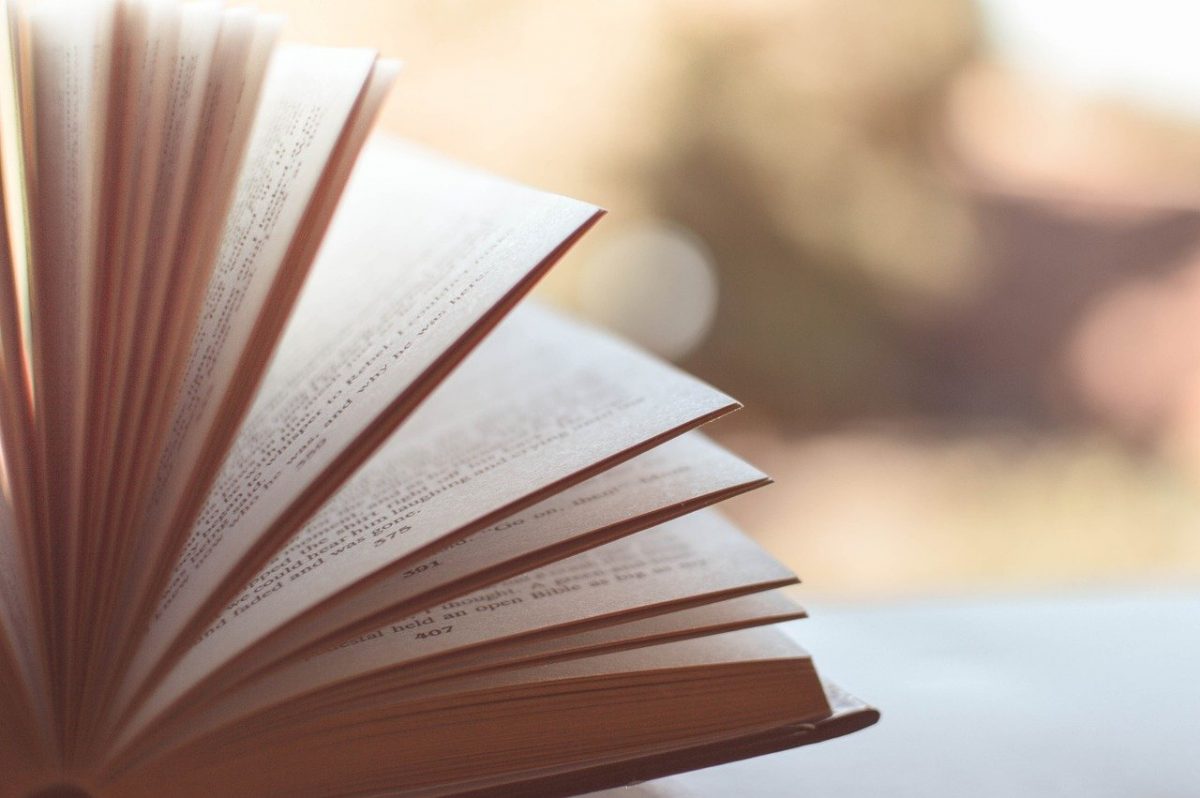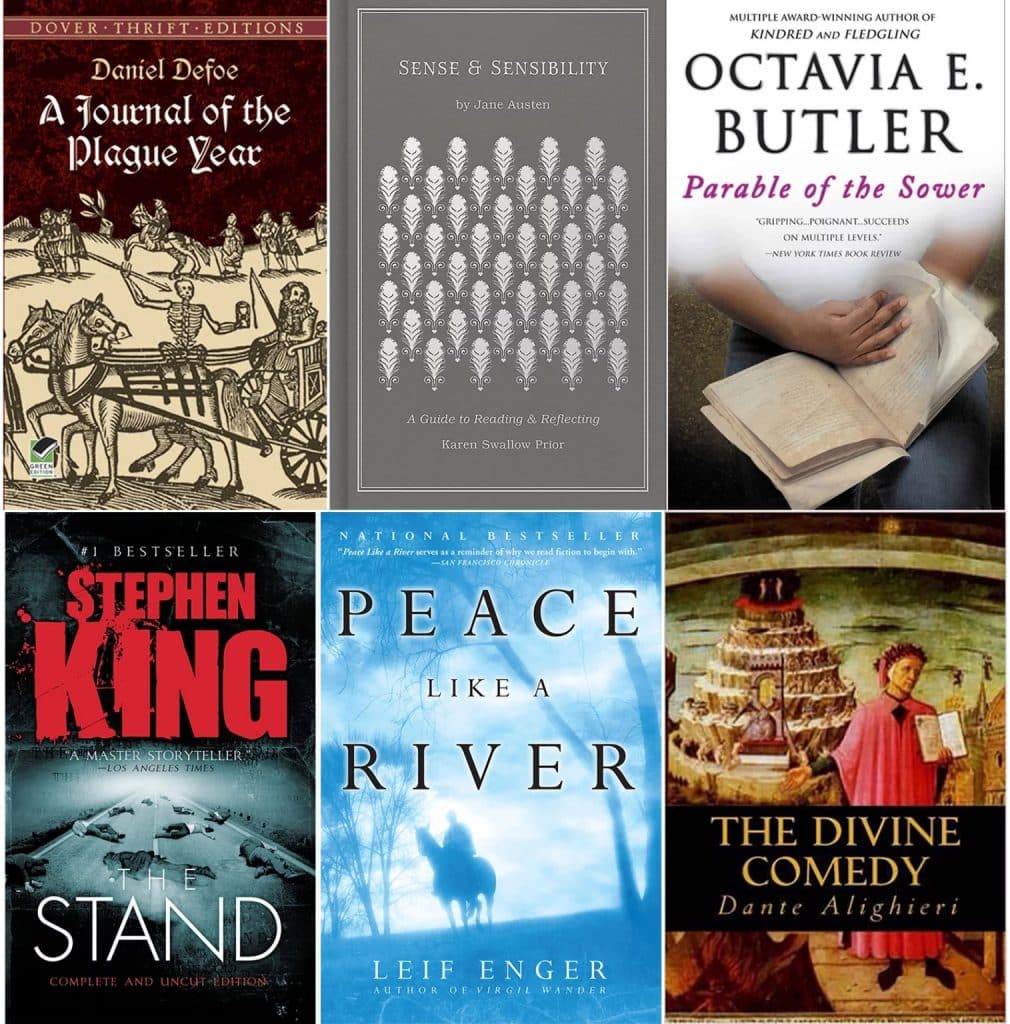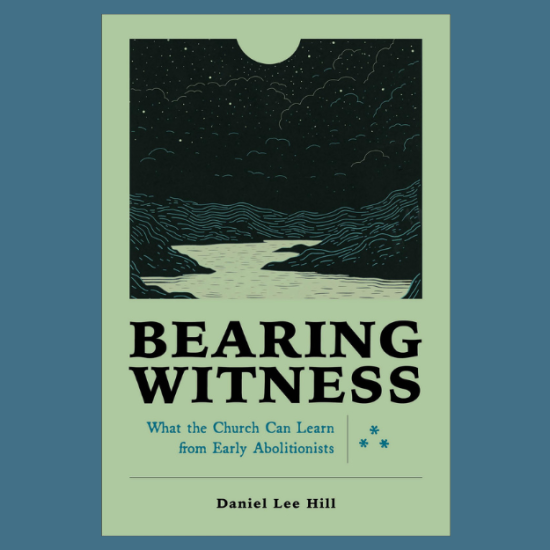
 (RNS) — If there’s a silver lining to a global pandemic, perhaps it’s having a bit more time on our hands to read. If you don’t know where to start, here are six classic and contemporary works that offer a helpful perspective on the state we find ourselves in — and are terrific reads.
(RNS) — If there’s a silver lining to a global pandemic, perhaps it’s having a bit more time on our hands to read. If you don’t know where to start, here are six classic and contemporary works that offer a helpful perspective on the state we find ourselves in — and are terrific reads.
“The Divine Comedy” by Dante Alighieri
What better escape from the here and now than to journey with Dante into the nine circles of hell, through the center of the earth, and ascend into the heights of heaven into a final beatific vision? More than allegory or fantasy (although it is these things), “The Divine Comedy” is a profound poetic examination of sin and virtue, Christian theology and extra-biblical eschatology. It lifts one out of the confines of our particular time and place into the long scope of human history and, ultimately, eternity. It’s long, but the verses’ fast clip draws the reader in and keeps her going, just as any winding, wondrous path would do.
Of the numerous English translations of the work, I like John Ciardi’s. Also, if you want to know how Dante can save your life, read this great novel by Rod Dreher.
“A Journal of the Plague Year” by Daniel Defoe
Although it reads like a true account of London’s 1665 Great Plague, Defoe’s book, published more than half a century later, is a fictional tale of one of three iterations of the bubonic plague that so defined and devastated centuries of European life. A journalist, Defoe mimicked the 1600s broadsheet style to present this realistic portrayal of a truly horrific time in history, based on eyewitness accounts. Defoe was also a devout Puritan, and this book offers not only interesting history but an inspiring Christian perspective on a pandemic as well.
“Parable of the Sower” by Octavia Butler
It’s rare that I read science fiction, but on the strong recommendation of a friend, I picked up this 1993 dystopian novel, and it has stuck with me in ways I never would have imagined. Set in 2020, Butler’s riveting post-apocalyptic vision is at once familiar and strange. The novel’s main character — who has the “gift” of “hyperempathy” (feeling other’s pain as if it were her own) — offers timely companionship at a time when many of us are wondering what we can do to help others in their suffering and loss. Sometimes the most we can do is “suffer with” — to have compassion.
“The Stand” by Stephen King
Everyone seems to be talking about this horror classic that portrays a world-wide pandemic caused by the accidental release of germs created for biological warfare. (Yikes!) I read this epic as a kid not long after it first came out in 1978, and it mesmerized me — not because of the sci-fi stuff but because of the way King expertly weaves the saga into a powerfully human tale of good vs. evil, which is the real battle we are all facing — all the time, not just in a pandemic.
“Sense and Sensibility” by Jane Austen
Yes, I edited B&H’s new, beautifully bound edition of Austen’s 1811 comedy of manners. But I chose it here for the same reason I wanted to introduce and republish it — because all of us are still toggling between sense (reason, being rational) and sensibility (emotion, being fearful and anxious). Austen shows in this satirical novel that what we need to be fully human is not one or the other but both: reason and emotion, sense and sensibility, to be Elinor and Marianne. As we face whatever this virus will bring us and the world, we need to be prudent, careful and wise — and we need to face and accept the fears, anxieties and emotions the disruptions and losses will bring.
“Peace Like a River” by Leif Enger
This strange, unclassifiable book from 2001 is realistic in many ways — a small-town Midwestern family of little means that finds some trouble — yet a bit mystical. It’s a book that believes in miracles and shows how its belief makes a real difference. Most important, the story truly delivers on the title: If you want a sense of peace, read this one — all the way through to the end. It’s a beautiful book, beautifully told.






